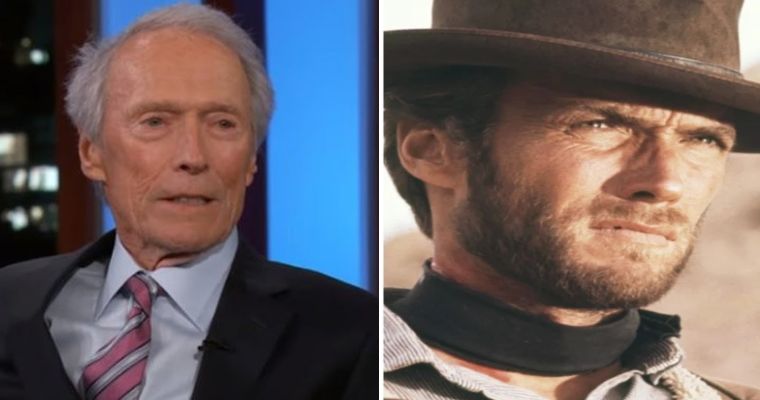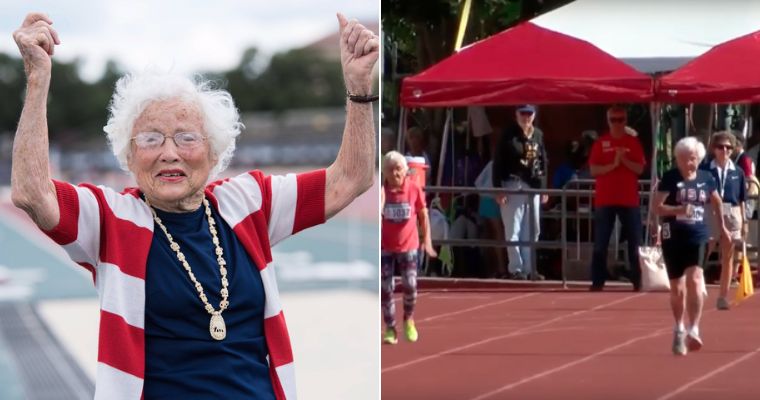These photos are interesting slices that tell the history of the world in a variety of fields. Behind every “freezing” moment is an interesting little-known story.
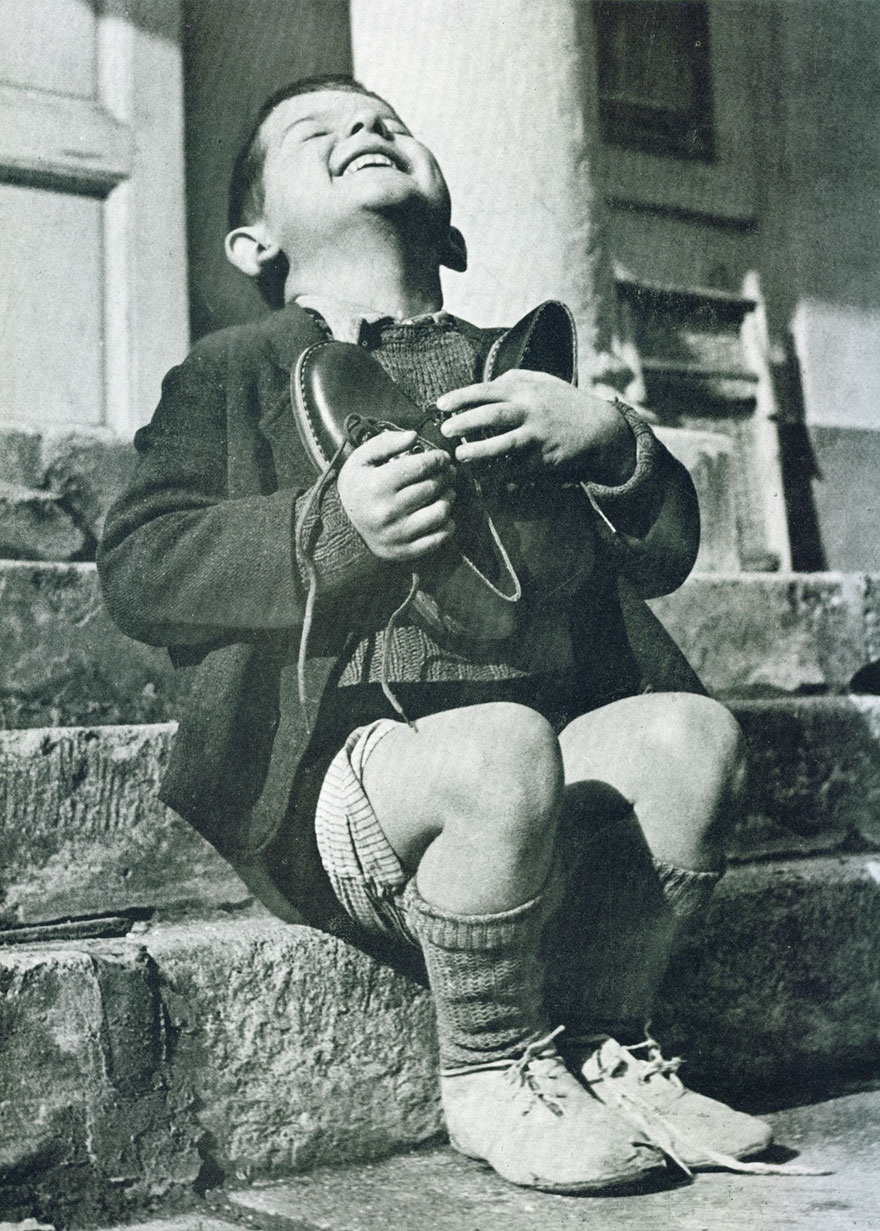
The picture “New Shoes” was taken by photographer Gerald Waller in 1946 for Life magazine (USA), capturing the image of a 6-year-old Austrian boy named Werfel, a boy living in an orphanage in Austria, when given the gift of a new pair of shoes by the American Red Cross, the boy’s expression made a strong impression on the photographer.
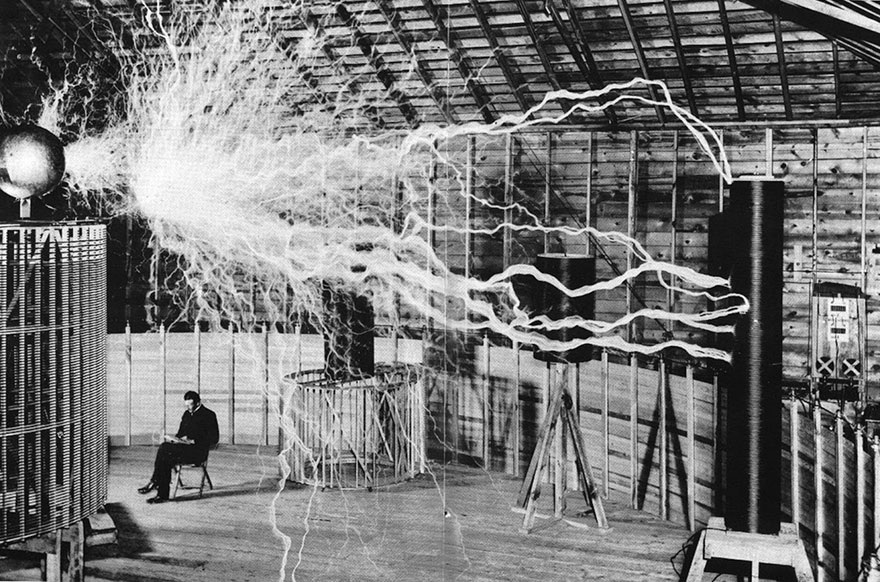
The exposure photo was taken by photographer Dickenson Alley working for Century magazine (USA). The photo shows American inventor Nikola Tesla sitting in a laboratory, next to a generator. Tesla is known for many revolutionary contributions in the field of electricity in the late 19th – early 20th centuries.
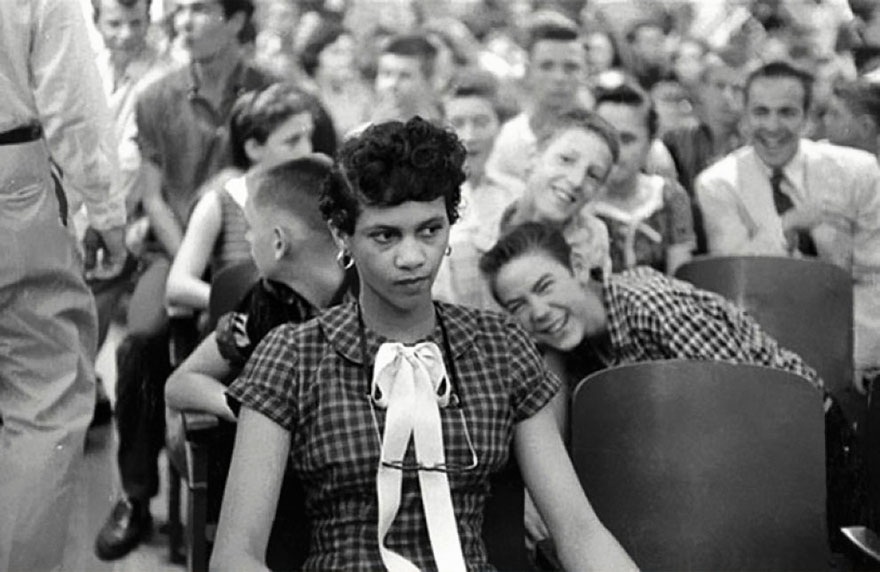
The black girl named Dorothy Counts is known in American history as the first black girl to attend a school that previously only accepted white students. It is a high school located in the city of Charlotte, North Carolina, USA.
At the time of 1957, the special case of Dorothy Counts was an event that shocked American public opinion because this time was still heavily racist. The photo above, taken by photographer Don Sturkey, captures Dorothy being teased by white male students.
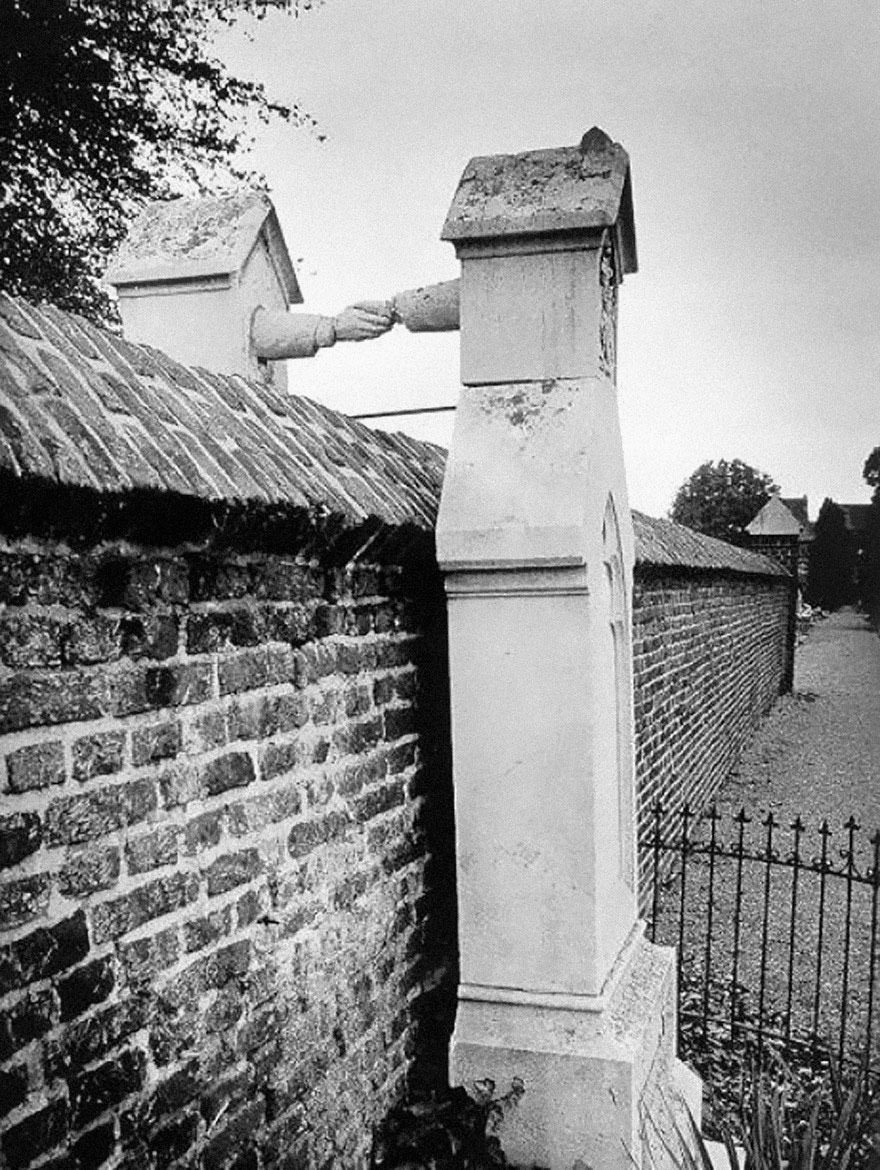
Two graves of two people who love each other but because of religious differences cannot be buried side by side. Photo taken in the city of Roermond, Netherlands in 1888. The wife (Mrs. J.C.P.H van Aefferden) is Catholic, the husband (Mr. J.W.C van Gorcum) is Protestant.
When her husband died in 1880, his grave was located in an area reserved for Protestants. In 1888, when his wife died, she gave up, asked to be buried just outside the plot where her husband was buried, and asked to have two arms clasped together from the two graves.
The photo above has shown the strong will of two people who love each other, despite the barriers and limitations of contemporary society, even when they lie down, their love still makes the next generation feel. dress. To this day, these two tombs are still in ideal condition, regularly cared for and are a popular destination for visitors to Roermond.
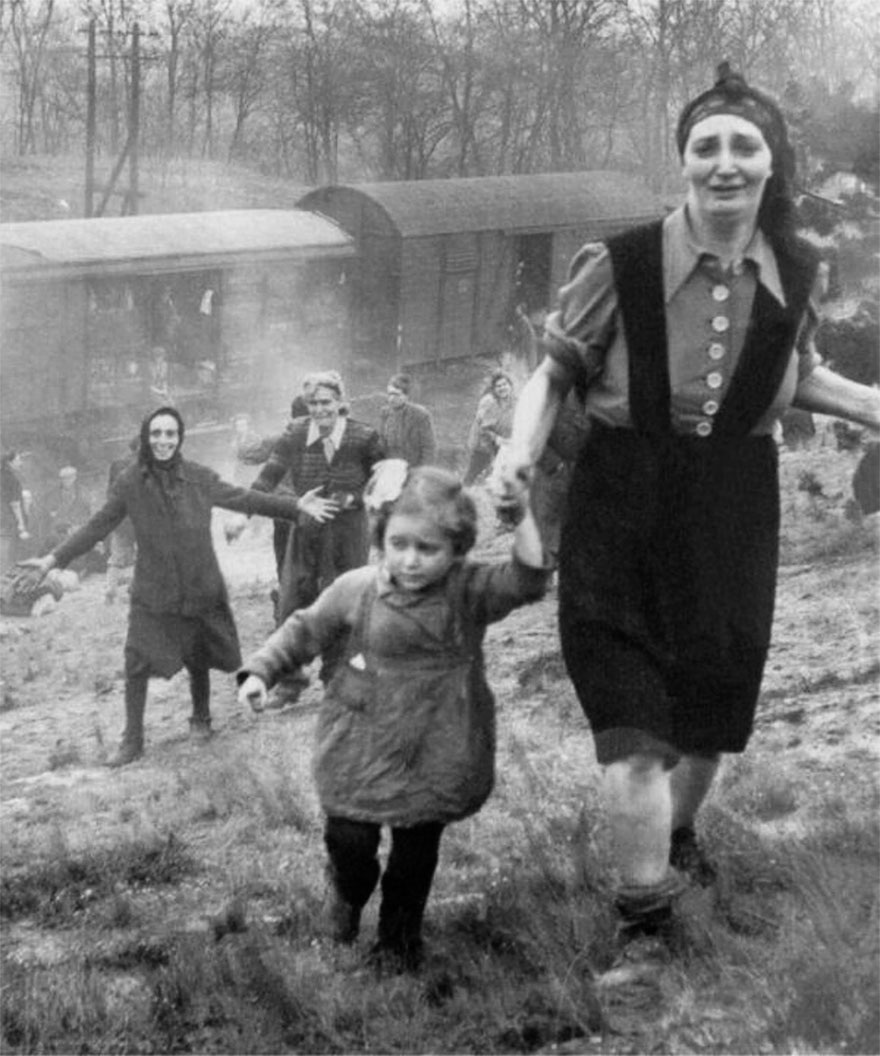
The moment Jewish prisoners were freed when Nazi Germany surrendered in 1945. This photo was taken by an American major named Clarence L. Benjamin. On Friday, April 13, 1945, trains carrying Jewish prisoners left a concentration camp for a new location. While passing the city of Magdeburg, Germany, the train stopped.
The miserable people present on the death train suddenly learned that the war was over, the Nazi army was defeated, the Jews were free, no longer had to go to any concentration camps. . One by one, groups of people stepped out from the carriages to breathe the free air that was so new to them.
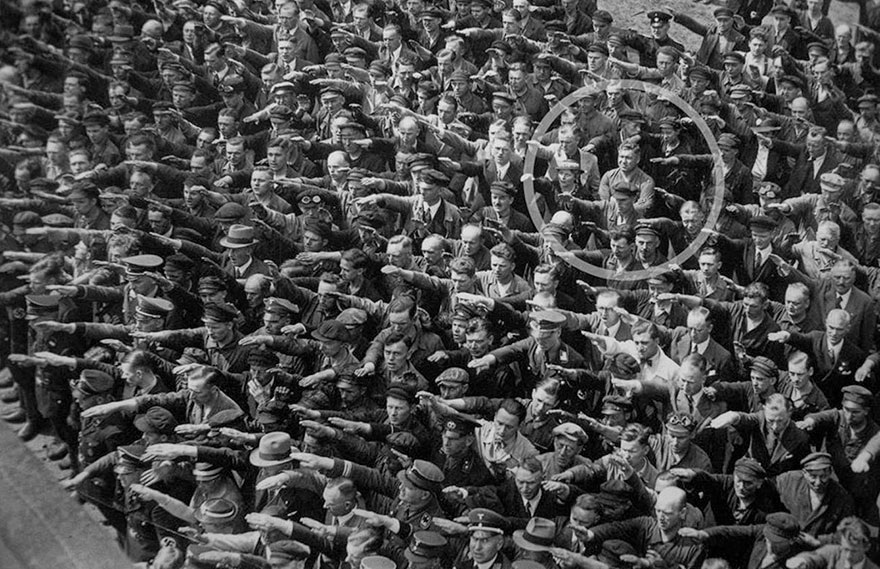
The photo shows a single man without a Nazi salute. The photo was taken in 1936 and appeared in the weekly newspaper Die Zeit of Hamburg (Germany). This photo shows workers at a shipyard in Hamburg attending the launching ceremony of a Nazi naval ship.
While most people raised their hands in a Nazi salute, there was only one man standing with his arms crossed and clearly protesting. Later, when this photo became famous, people went through the files to find the identity of this strange brave worker.
And while it is impossible to confirm exactly, many documents suggest that the man was named August Landmesser (1910-1944), a shipbuilder in Hamburg. August was previously attached to a Jewish woman named Irma Eckler, which later led to his being imprisoned by the Nazi authorities, and Irma to a concentration camp.
August was sent to the battlefield on the orders of the Nazi authorities and died on the battlefield. Irma also died in the concentration camp. The couple had a daughter, but at that time, they were not allowed to marry and the daughter was born with the mother’s surname. Fortunately, their daughter survived and was later changed by the authorities to officially bear her father’s surname.
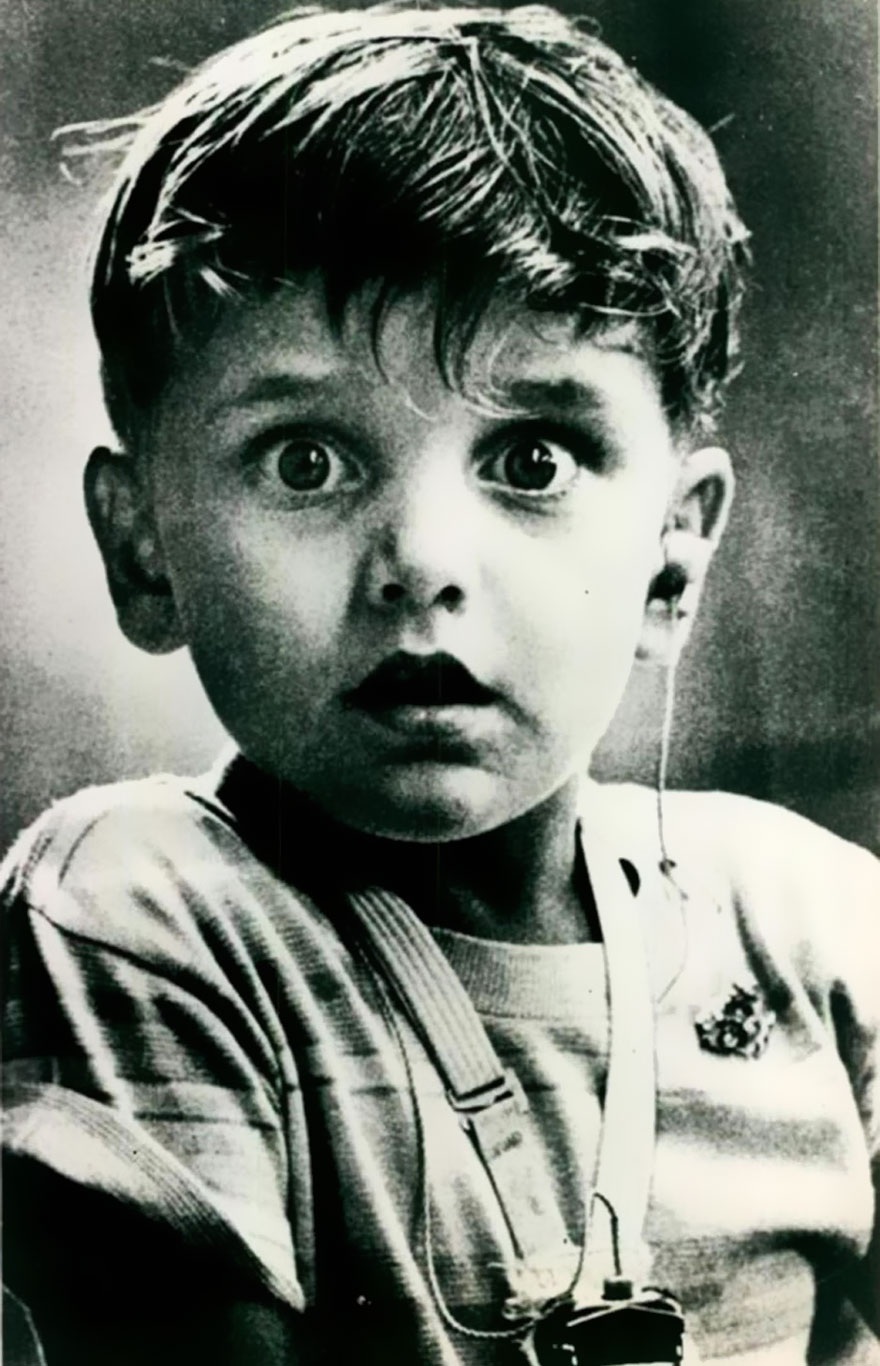
This 1974 photo, taken by American photographer Jack Bradley for the Reader’s Digest family magazine, shows Harold Whittles, a 5-year-old boy with hearing loss who has just been fitted with a hearing aid.
Before, Harold had never known sounds, when he put on his hearing aid and heard the first sounds that broke the world of silence he was used to before, Harold was taken aback by the world. just opened up around me.
A completely new world scared the boy a little. Eyes wide with astonishment were captured perfectly in the lens of photographer Jack Bradley.
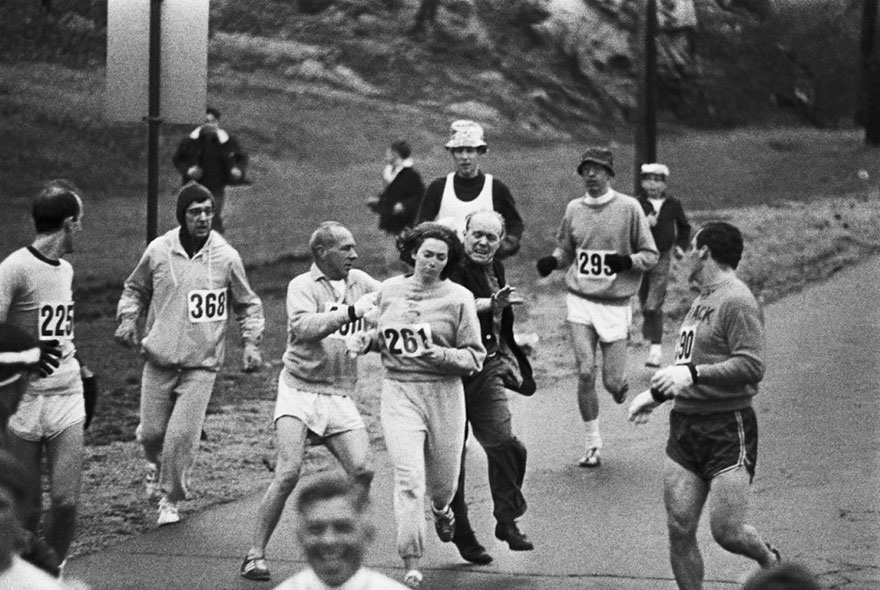
Photo taken at the Boston Marathon held in 1967, at this time, gender inequality still existed heavily in American social life. Even at an annual race in Boston, only men are allowed to participate.
Even so, there are progressive women who demand equal rights by participating in the race themselves regardless of welcome or not. In the photo is a woman named Kathrine Switzer, she persistently ran all the way despite the organizers causing many difficulties in order to make her give up.
Later, when the Boston Marathon changed its rules to include women, former informal participants like Kathrine Switzer were cited as role models of strong women in the new era.
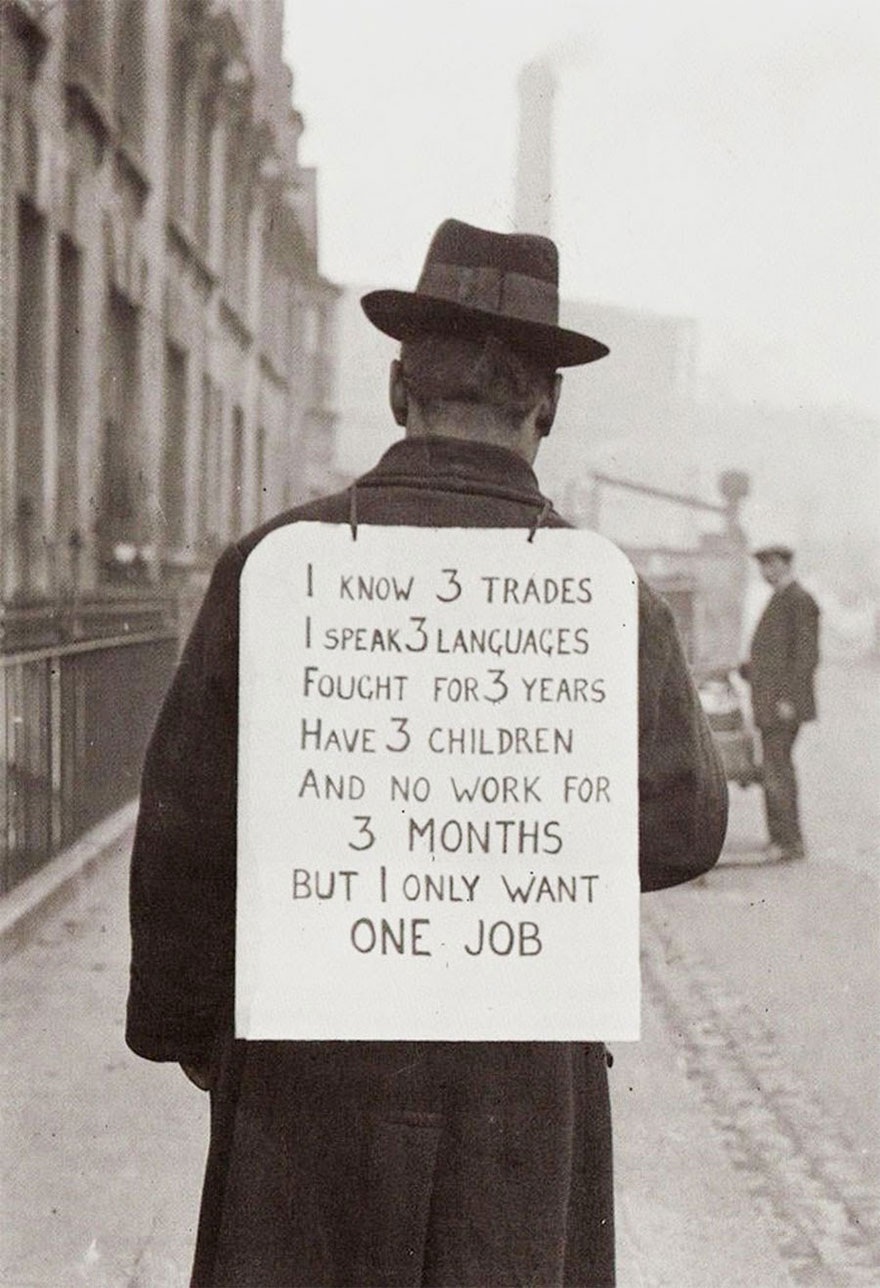
The photo was of an American man in the early 1930s. Unable to find work locally, many had to travel around to find work. Many people have chosen to wear the sign on their body, both walking and displaying the sign to wait for someone to call back to assign the job.
As in this photo, the man is wearing a sign that reads: “I know 3 jobs, speak 3 languages, have been struggling for 3 years, have 3 kids, have been unemployed for 3 months, and just need a job.”
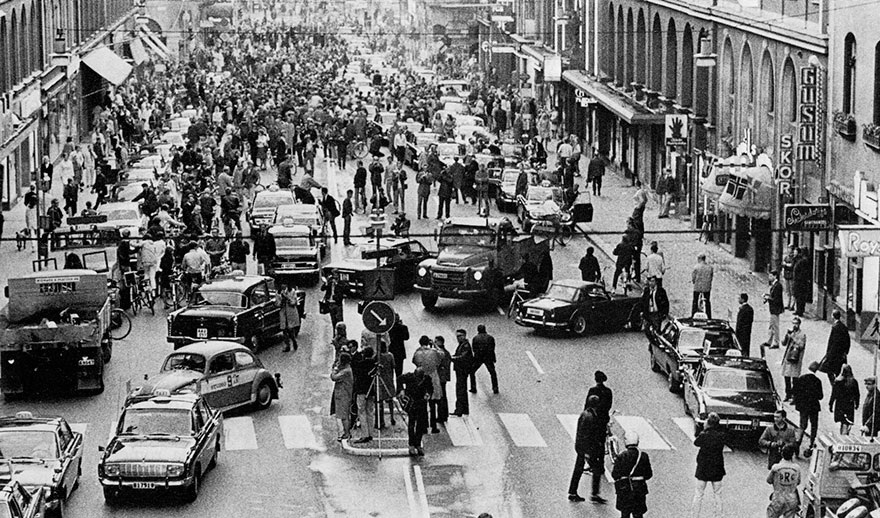
The photo was taken on the morning of September 3, 1967, on Kungsgatan Street, Stockholm, Sweden. At this time, a new traffic policy has begun to be implemented in Sweden, the regulation of driving on the left side of the road that was applied before, has now changed to the right side, causing a lot of confusion and confusion in the road. traffic participants.

This photo was taken on August 21, 1934, when 3 acrobats Jarley Smith, Jewell Waddek, and Jimmy Kerrigan performed balancing on the edge of the Empire State Building in Manhattan, New York, USA. .
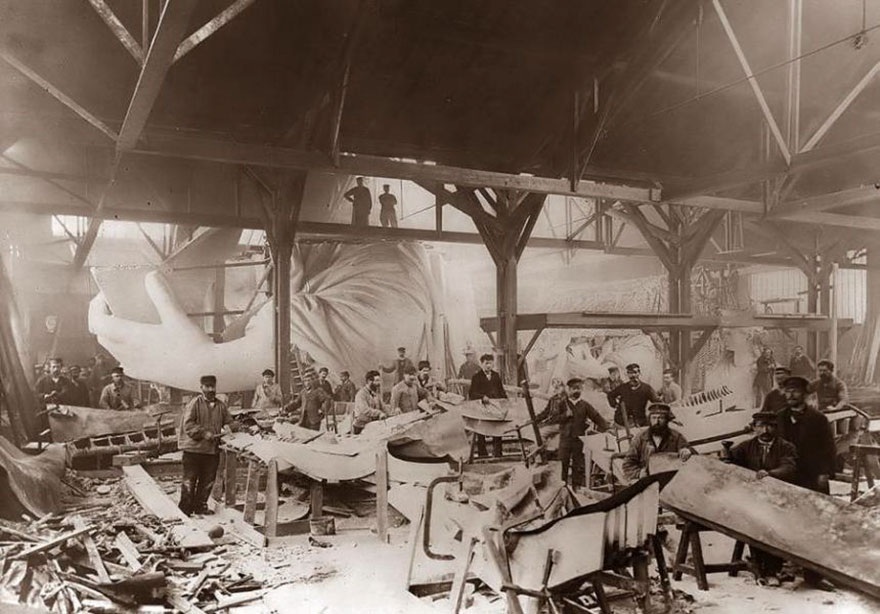
The famous American Statue of Liberty in the process of being made in Paris, France, in 1884.
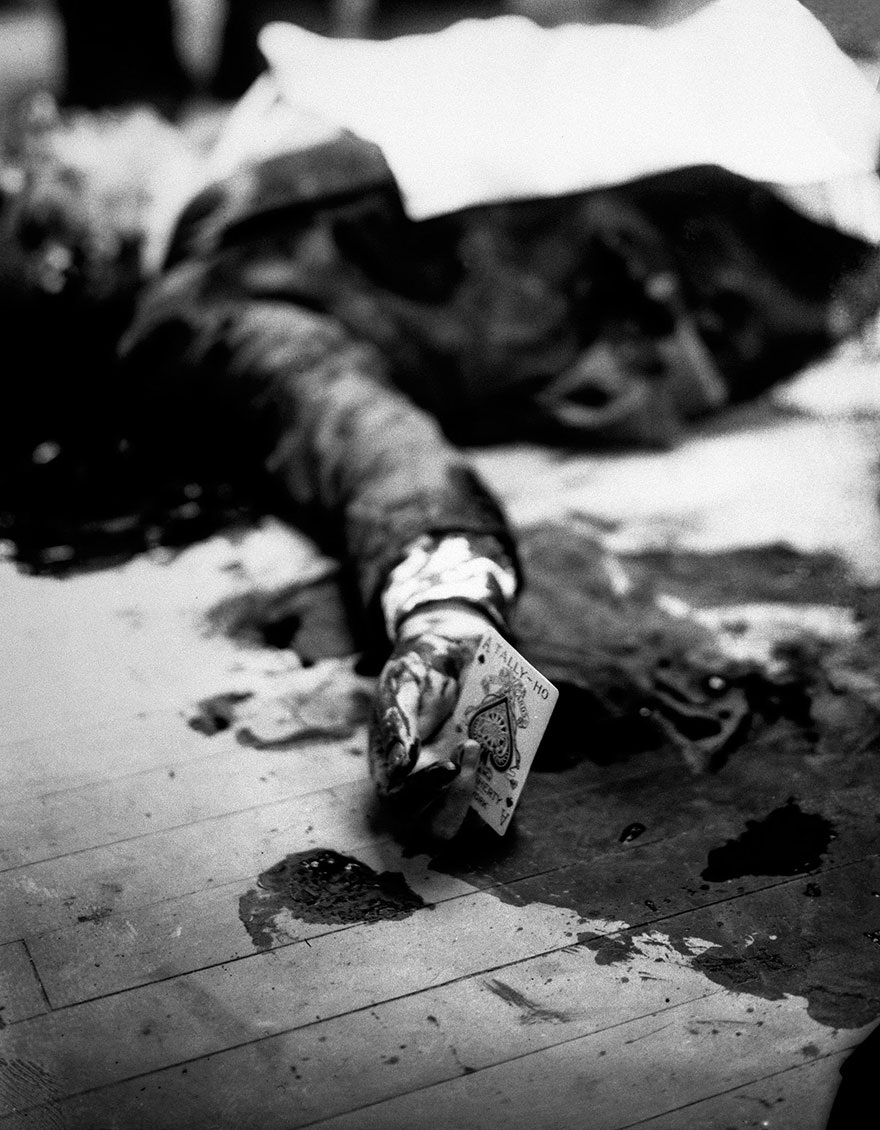
The notorious mafia boss in New York City – Joe Masseria – was assassinated while dining at a restaurant in Brooklyn in 1931. At the crime scene, police noticed that Joe Masseria was holding an ace in the hand of Joe Masseria. Spades, in Western culture, the ace of spades is the card of death.
At the time of the murder, Joe Masseria was carrying out a grand plan to seize all power in the New York underworld, immediately, Joe Masseria was eliminated, creating an incident that shocked public opinion. city.

Since the 1920s, Paris has been known as a diverse place to hang out with a very rich, free nightlife, the attitude of Parisians is also quite open, they do not discriminate against homosexuals like people people in many other countries. Thanks to that, many gay nightclubs were opened.
Among these is Le Monocle, the most popular nightclub for lesbians. These days, the common “standard” for women to play the male role when going to a nightclub is to wear a tuxedo and to wear a bob. (Photo: Georges Brassai)

Leonardo Da Vinci’s Mona Lisa painting was put on display at the Louvre museum in Paris, France after the “evacuation” period during World War II. (Photo: Pierre Jahan)
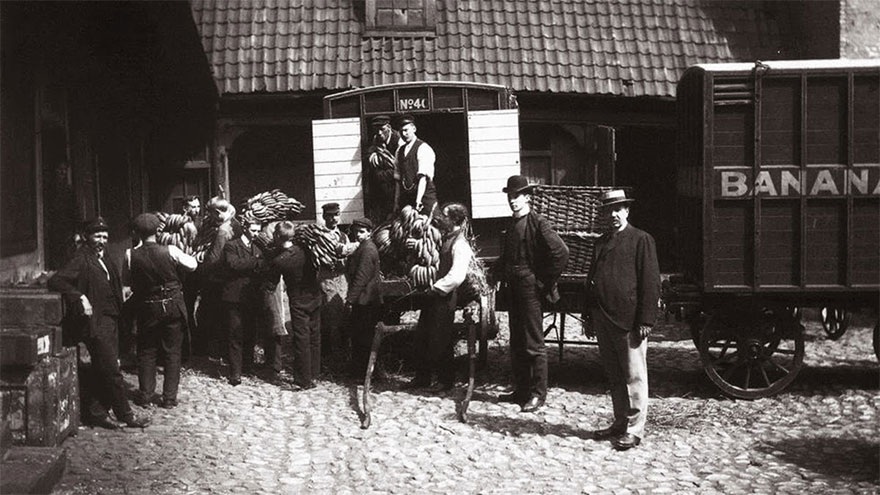
These are the first bananas to appear in Norway. The photo was taken in 1905. A total of 3,000 kg of bananas were brought into Norway by order of a leading fruit importer in the country. In the photo, there is a man named Christian Mathiessen, owner of Bama fruit importer.
This is considered a big event for Bama because Norway was the second country in Europe to import bananas at that time, before that, only the UK was “playable” to import this exotic fruit. market.
At this time, when trade between countries has not yet expanded, the people of any country only know about the native agricultural products of that country, having a strange agricultural product imported into the country suddenly becomes an event. , phenomena.
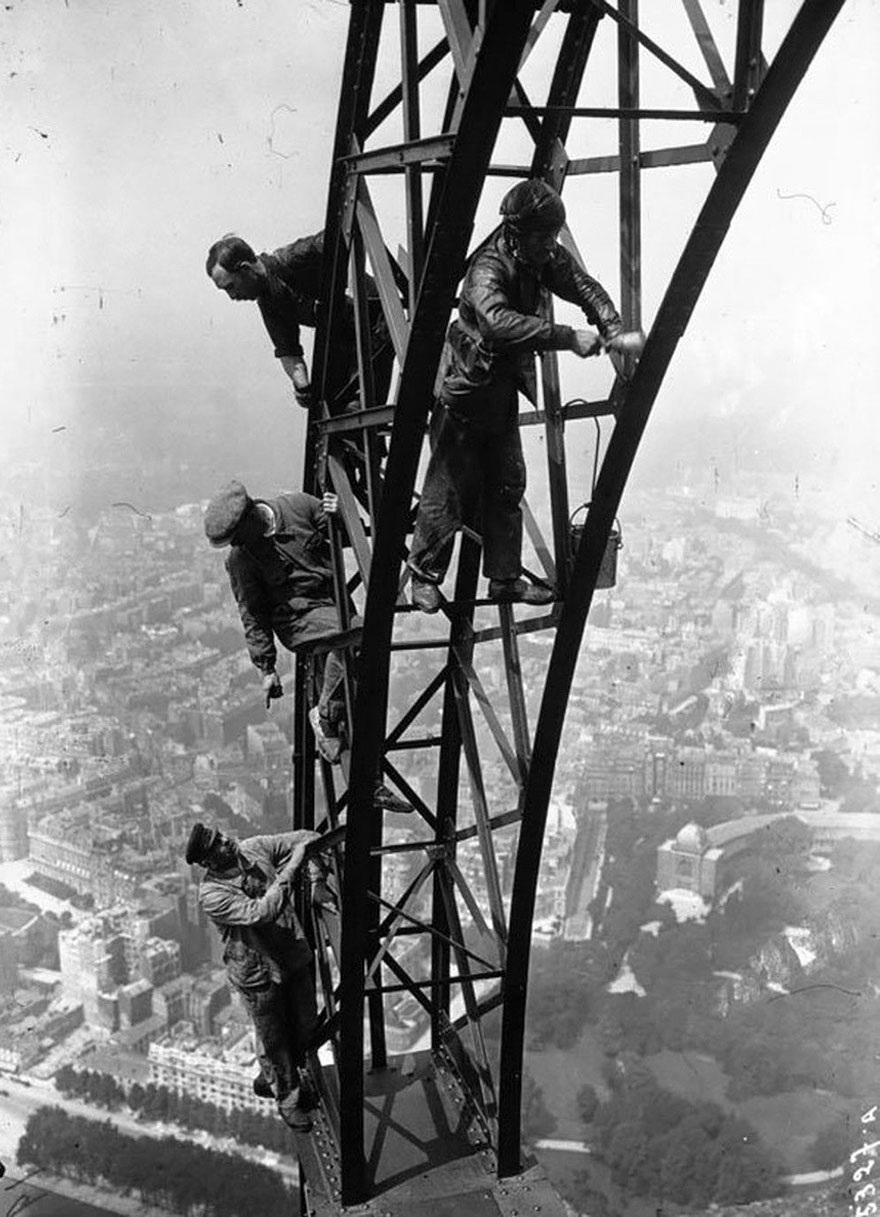
Eiffel Tower in Paris, France, painted in 1932.
 “Hollywood sex symbol” – Marilyn Monroe – recorded the classic scene from the movie “The Seven Year Itch” (Seven Years Itch – 1955) in front of a large crowd of reporters and fans. It was during this event that Marilyn’s skirt fluttered and created a famous image associated with the female star.
“Hollywood sex symbol” – Marilyn Monroe – recorded the classic scene from the movie “The Seven Year Itch” (Seven Years Itch – 1955) in front of a large crowd of reporters and fans. It was during this event that Marilyn’s skirt fluttered and created a famous image associated with the female star.
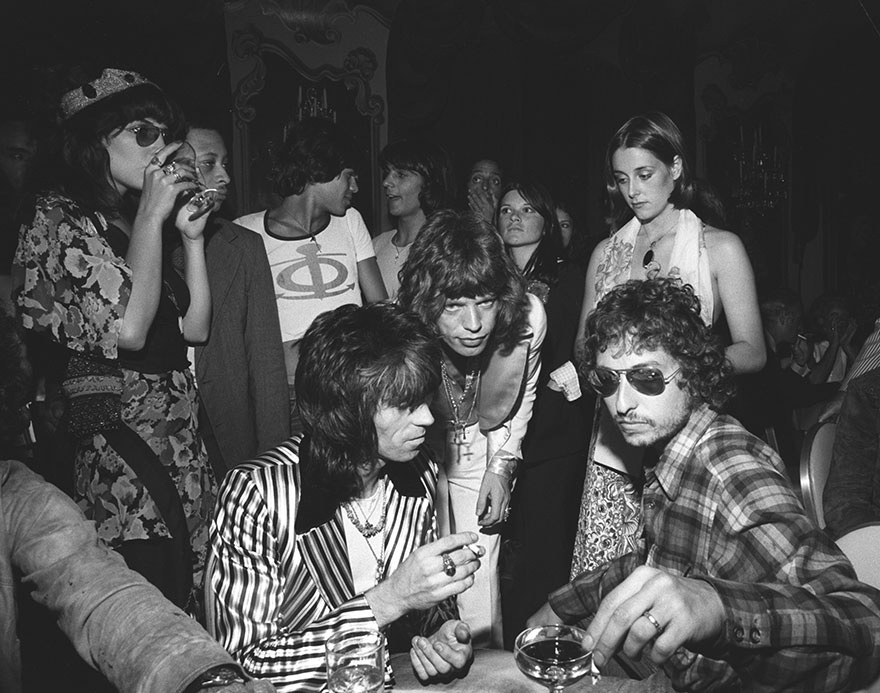
The legends of the world music industry – Bob Dylan, Mick Jagger and Keith Richards – gathered at Mick Jagger’s 29th birthday party in July 1972.




